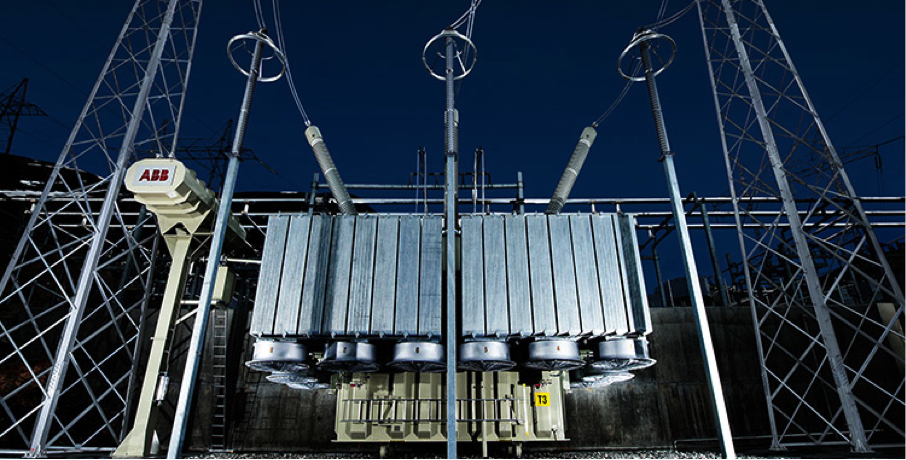The U.S. Environmental Protection Agency’s (EPA’s) plan to regulate carbon emissions is just the latest challenge facing the U.S. electric power system. Technological innovation is disrupting old ways of doing business and accelerating grid modernization. Last year, AEE released Advanced Energy Technologies for Greenhouse Gas Reduction, a report detailing the use, application, and benefits of 40 specific advanced energy technologies and services. This post is one in a series drawn from the technology profiles within that report.

VVO controls the flow of power in the distribution system to increase efficiency and reliability, reduce distribution losses, and accommodate new power flows, such as those originating from distributed generation. VVO provides more precise voltage control, reducing the amount of power required. Historically, utilities have had to use estimates to ensure that end-use customers would have the proper level of voltage after distribution losses. Such an approach requires higher than optimal voltage levels to keep voltage from dropping below minimum thresholds by the time it reaches customers. By using dynamic control, VVO allows distribution lines to have lower overall voltage without impacting service quality.
Increased market penetration of VVO is expected as optimization accuracy increases and more applications verify the investment benefits. For example, the Snohomish County Public Utility District invested nearly $5 million in a Conservation Voltage Reduction system (an application of VVO), which resulted in better voltage quality and energy savings of nearly 54,000 MWh per year.3 North American shipments of VVO control systems are estimated to increase from 50,000 units in 2013 to over 100,000 units by 2018.
VVO provides more control over the grid, creating a more intelligent, efficient, and stable electricity distribution system. An impact analysis done by the National Electric Manufacturers Association said that VVO is able to reduce distribution line losses by 2% to 5%, and a DOE study of VVO concluded that the technology could reduce distribution line losses by more than 5%. The efficiency achieved by VVO results in avoided generation emissions while the addition of VVO technology helps to improve overall grid performance.
